Picture this: you’re about to grab the bug spray when you notice a tiny spider delicately weaving its web in the corner of your kitchen. Before you reach for that weapon of mass arthropod destruction, consider this shocking revelation – that little eight-legged architect might be your home’s most valuable employee. While most people view indoor insects as unwelcome intruders, many of these tiny creatures are actually working around the clock as nature’s own pest control specialists, silently eliminating the bugs you really don’t want sharing your living space.
The reality is that your home hosts an intricate ecosystem where certain insects serve as natural predators, keeping populations of truly problematic pests in check. These beneficial bugs don’t ask for payment, vacation days, or even recognition – they simply go about their business of hunting down the mosquitoes, flies, and other nuisances that can make indoor life miserable. Understanding which insects deserve your respect rather than your swatter could revolutionize how you approach pest management in your home.
House Spiders: The Silent Assassins of Your Living Room
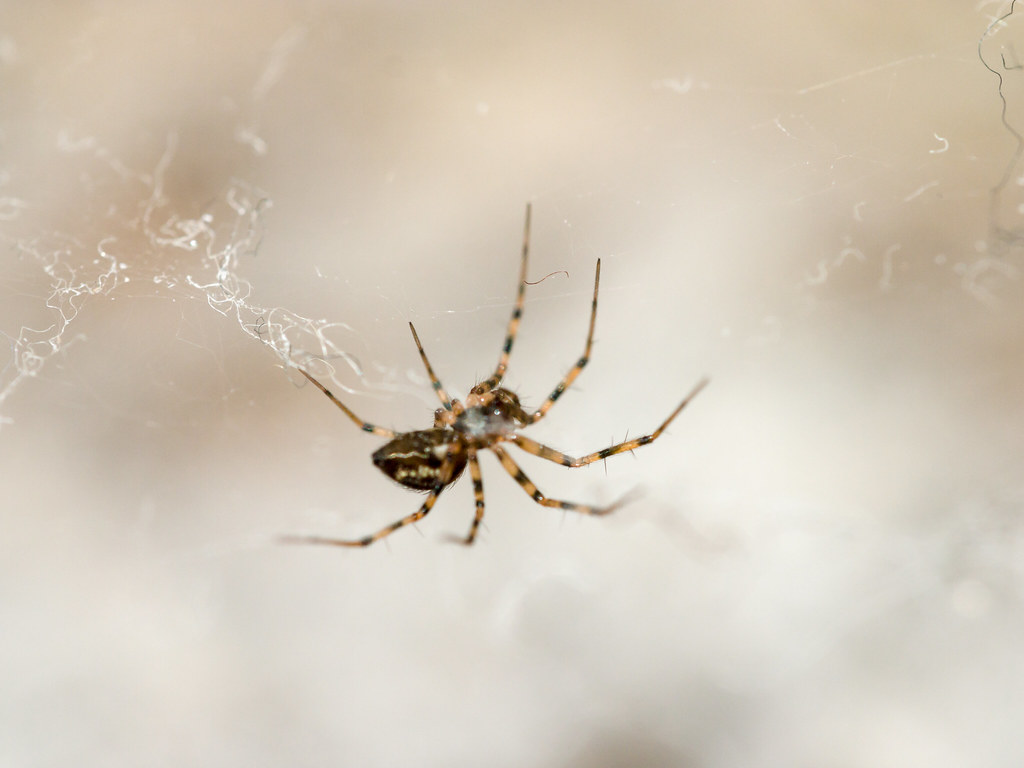
House spiders represent perhaps the most misunderstood members of your indoor pest patrol team. These eight-legged hunters consume an estimated 400-800 million tons of insects annually worldwide, making them one of nature’s most efficient pest control systems. Common house spiders like the American house spider and cellar spiders spend their days methodically hunting down flies, mosquitoes, moths, and other flying insects that would otherwise buzz around your head during dinner.
What makes house spiders particularly valuable is their strategic positioning throughout your home. They set up shop in corners, under furniture, and near windows where flying insects are most likely to become trapped. Their webs act as 24-hour surveillance systems, capturing prey even when the spider is resting. A single house spider can consume dozens of insects per week, including disease-carrying mosquitoes and annoying gnats that seem to appear out of nowhere.
Centipedes: The Speed Demons of Pest Control
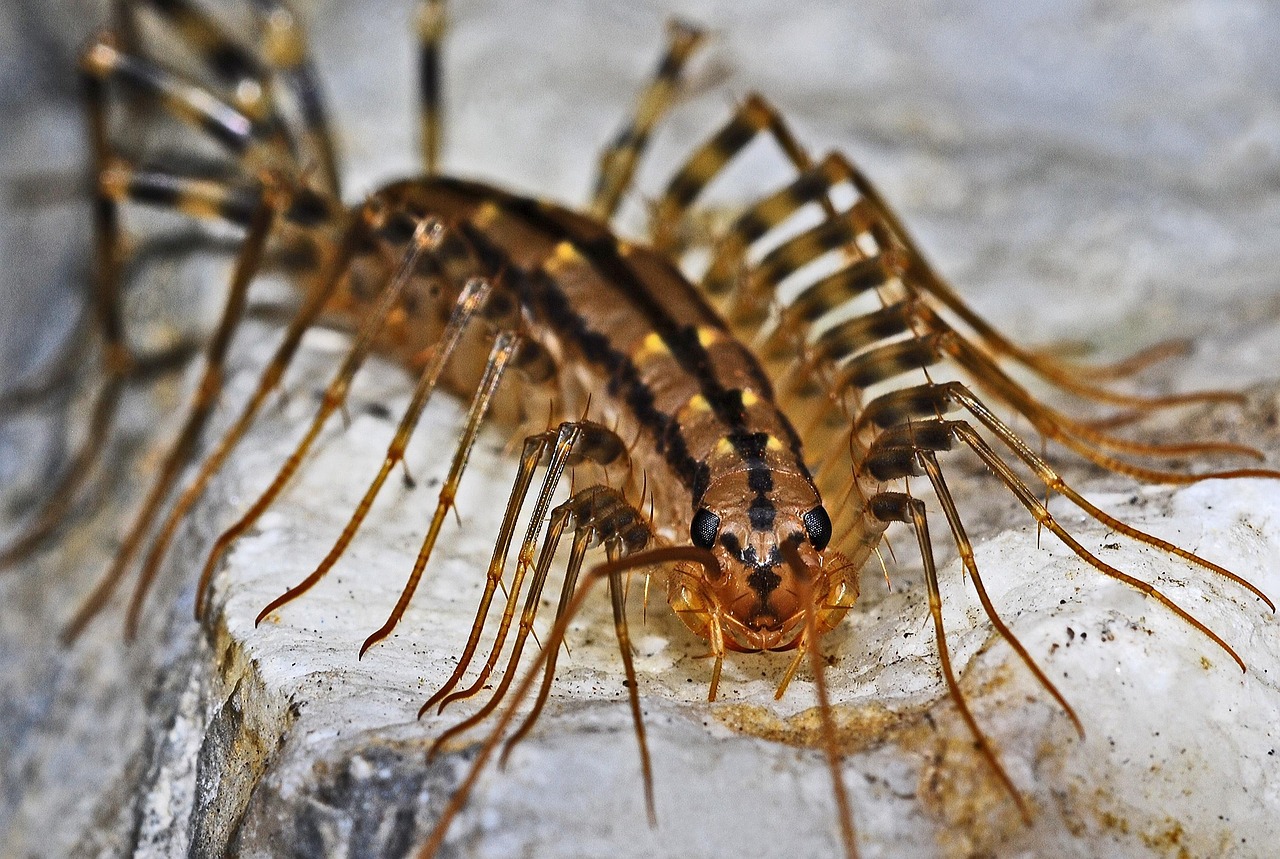
Those lightning-fast creatures darting across your bathroom floor might make you jump, but house centipedes are actually incredible pest eliminators. These multi-legged marvels can run up to 1.3 feet per second, making them perfectly equipped to chase down and capture swift-moving prey like silverfish, cockroaches, and carpet beetles. Their hunting style resembles that of a miniature cheetah, using speed and agility to overwhelm their targets.
House centipedes possess a unique advantage in pest control – they’re active hunters rather than passive trappers. While spiders wait for prey to come to them, centipedes actively patrol your home’s dark corners and crevices, seeking out hidden pest populations. They use their modified front legs as venomous fangs to quickly subdue prey, then methodically consume creatures that could otherwise damage your belongings or spread disease.
Ladybugs: The Aphid Annihilators

When ladybugs venture indoors, they bring with them an insatiable appetite for soft-bodied insects that can wreak havoc on houseplants. A single ladybug can consume up to 5,000 aphids during its lifetime, making it one of the most efficient biological pest control agents available. These spotted beetles don’t just hunt aphids – they also target scale insects, mites, and other plant-damaging pests that can turn your indoor garden into a botanical disaster zone.
What sets ladybugs apart from chemical pest control methods is their precision targeting. They specifically seek out the insects that damage plants while leaving beneficial pollinators and neutral species unharmed. Their presence in your home often indicates a healthy ecosystem where natural predator-prey relationships help maintain balance without human intervention.
Praying Mantises: The Meditation Masters of Pest Elimination
Though less common indoors, praying mantises occasionally make their way into homes and become formidable pest control allies. These zen-like predators employ a sit-and-wait hunting strategy, remaining motionless for hours before striking with lightning speed. Their raptorial forelegs can snatch flying insects out of the air with remarkable precision, making them particularly effective against moths, flies, and other airborne pests.
Praying mantises possess compound eyes that can detect movement from considerable distances, allowing them to spot potential prey long before other predators notice. Their patient hunting style means they consume relatively few insects compared to more active hunters, but the pests they do catch are often the larger, more problematic species that other beneficial insects might avoid.
Ground Beetles: The Nighttime Patrol Officers

Ground beetles rarely receive recognition for their pest control contributions, partly because they’re nocturnal hunters that do their work while you sleep. These dark-colored, fast-moving beetles specialize in hunting crawling insects like cockroaches, silverfish, and carpet beetle larvae. Their powerful mandibles can quickly dispatch prey much larger than themselves, making them particularly valuable for controlling established pest populations.
What makes ground beetles especially effective is their ability to access tight spaces where other predators can’t reach. They squeeze under appliances, into wall voids, and behind furniture where many household pests hide during the day. Their flattened bodies and strong legs allow them to navigate these confined spaces while pursuing prey that might otherwise remain undiscovered.
Jumping Spiders: The Acrobatic Hunters
Jumping spiders bring a unique combination of intelligence and athleticism to indoor pest control. These compact arachnids can leap distances up to 25 times their body length, allowing them to capture flying insects that other spiders might miss. Their exceptional eyesight rivals that of many vertebrates, enabling them to spot and track prey with remarkable accuracy.
Unlike web-building spiders, jumping spiders are active hunters that stalk their prey like tiny lions. They’re particularly effective against flies, mosquitoes, and other small flying insects that can be difficult to control through conventional methods. Their curious nature and bold hunting style make them excellent at exploring new areas of your home and discovering hidden pest populations.
Earwigs: The Cleanup Crew

Despite their intimidating appearance and unfortunate name, earwigs serve as valuable members of your indoor pest control team. These nocturnal scavengers consume dead insects, organic debris, and small live prey that other predators might overlook. Their powerful pincers aren’t just for show – they use them to capture soft-bodied insects like aphids, mites, and small caterpillars that might otherwise damage houseplants.
Earwigs excel at cleaning up the aftermath of other predators’ hunting activities, ensuring that dead insects don’t accumulate and attract secondary pests. They’re particularly valuable in basements, laundry rooms, and other humid areas where decomposing organic matter could create ideal breeding conditions for problematic insects.
Pseudoscorpions: The Tiny Titans
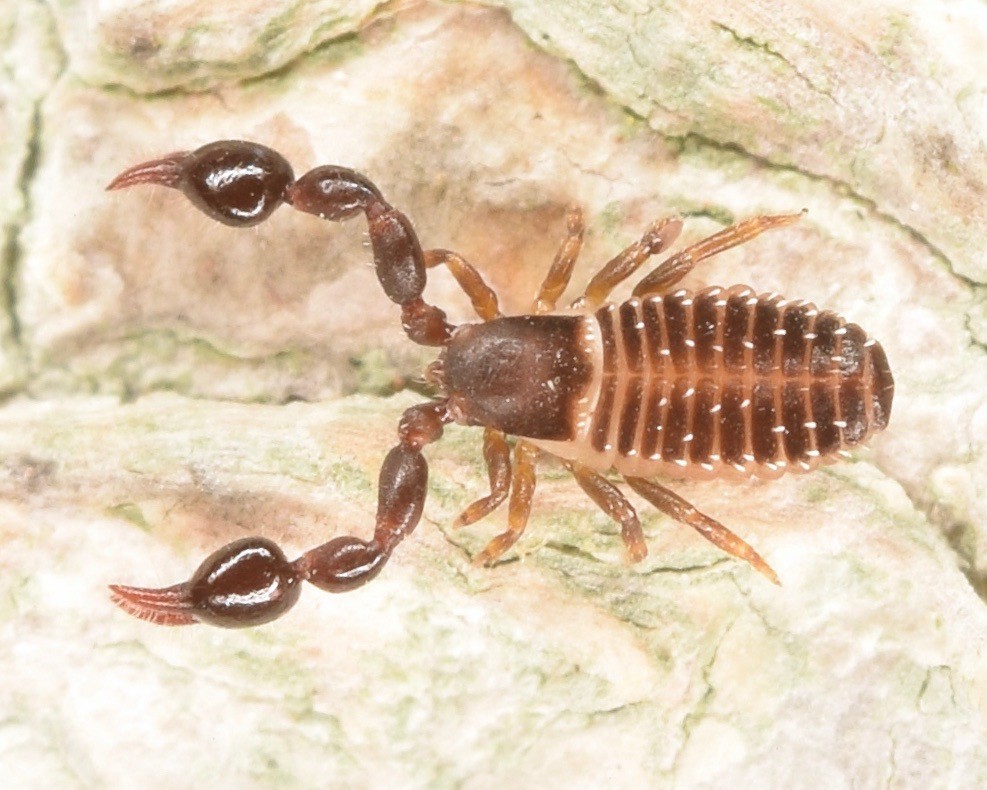
These microscopic relatives of scorpions might be nearly invisible to the naked eye, but pseudoscorpions pack a powerful punch in the pest control department. Despite measuring only 2-8 millimeters in length, these arachnids are voracious predators that hunt down booklice, clothes moths, carpet beetles, and other small insects that can damage books, clothing, and stored food items.
Pseudoscorpions use their claw-like pedipalps to grab prey and inject venom that quickly immobilizes their victims. They’re particularly common in libraries, closets, and storage areas where they help protect valuable items from insect damage. Their small size allows them to access cracks and crevices that larger predators cannot reach.
Assassin Bugs: The Stealthy Executioners
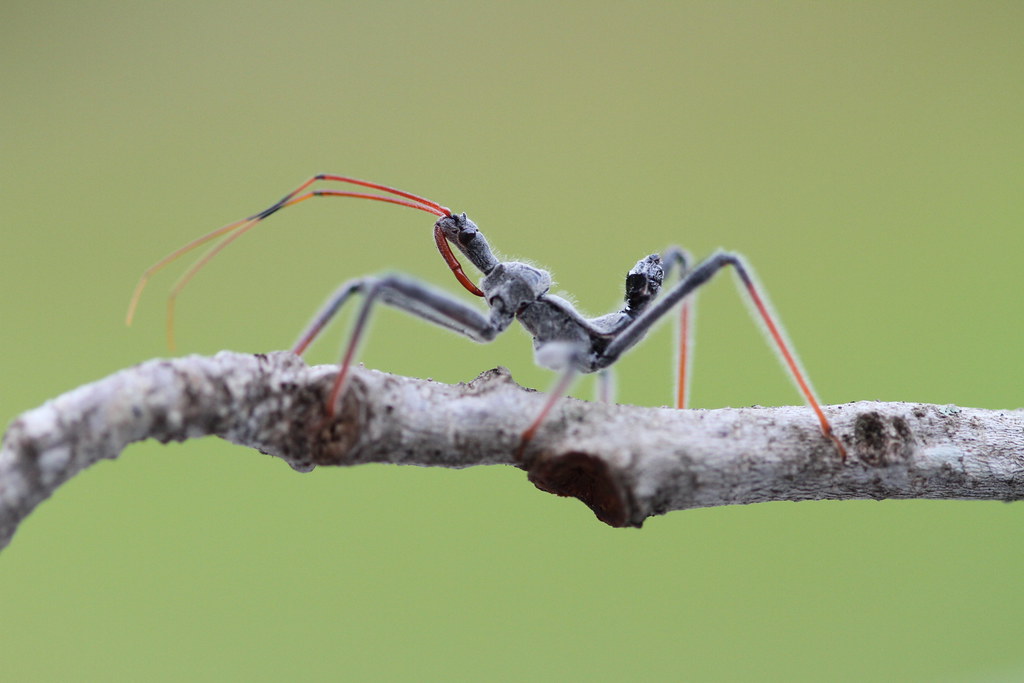
When assassin bugs find their way indoors, they bring professional-level pest control skills to your home. These true bugs use their needle-like rostrum to pierce prey and inject powerful digestive enzymes that liquefy their victims from the inside out. They’re particularly effective against bed bugs, flies, and other soft-bodied insects that can be difficult to eliminate through conventional methods.
Assassin bugs employ ambush tactics, waiting motionless in areas where prey is likely to pass before striking with lightning speed. Their hunting efficiency is so impressive that some species are deliberately introduced in agricultural settings as biological control agents. In homes, they typically target insects that are active during evening hours when other predators might be less active.
Lacewings: The Delicate Destroyers
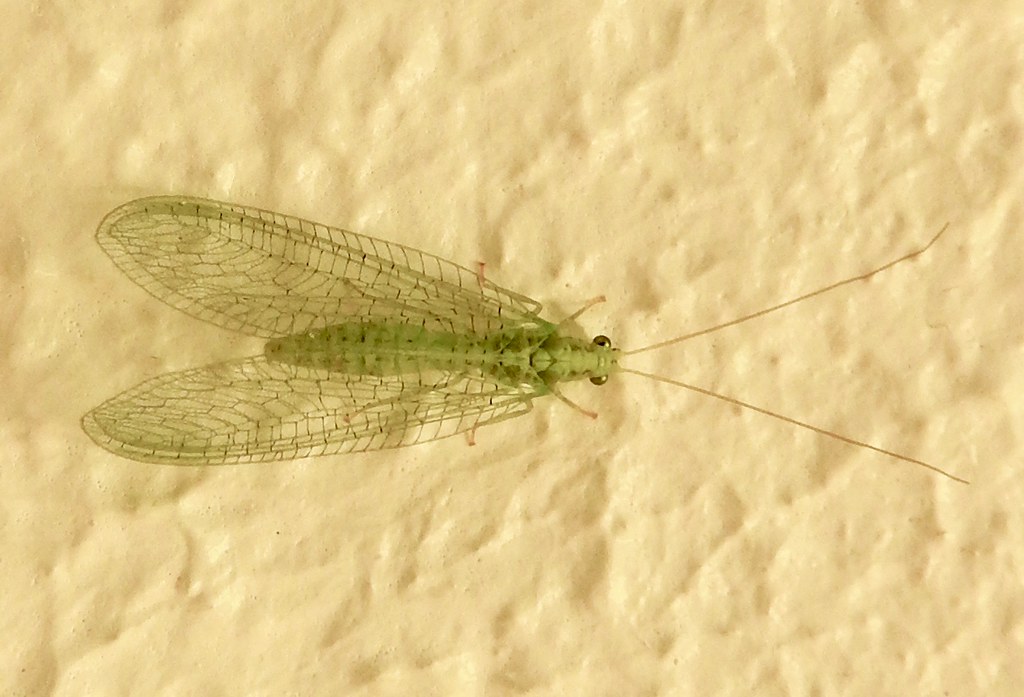
Adult lacewings may appear fragile with their transparent wings and ethereal appearance, but these insects are surprisingly effective pest controllers. They primarily hunt soft-bodied insects like aphids, thrips, and mites that can damage houseplants and spread diseases. Their larvae, known as “aphid lions,” are even more voracious predators that can consume hundreds of pest insects before pupating.
Lacewings are particularly valuable because they’re active during both day and night, providing continuous pest control coverage. Their gentle flight patterns allow them to navigate around delicate plants without causing damage while they hunt for prey. They’re also less likely to be accidentally killed during routine cleaning activities compared to ground-dwelling predators.
Carabid Beetles: The Versatile Predators
Carabid beetles represent one of the most diverse groups of beneficial insects that occasionally venture indoors. These metallic-colored beetles are opportunistic predators that adapt their hunting strategies based on available prey. They can tackle everything from tiny mites to large caterpillars, making them valuable generalist predators in indoor environments.
What makes carabid beetles particularly interesting is their ability to switch between hunting live prey and scavenging dead insects based on availability. This flexibility allows them to survive in indoor environments where prey might be scarce, while still providing consistent pest control benefits. Their presence often indicates a healthy indoor ecosystem with balanced predator-prey relationships.
Minute Pirate Bugs: The Tiny Terrors
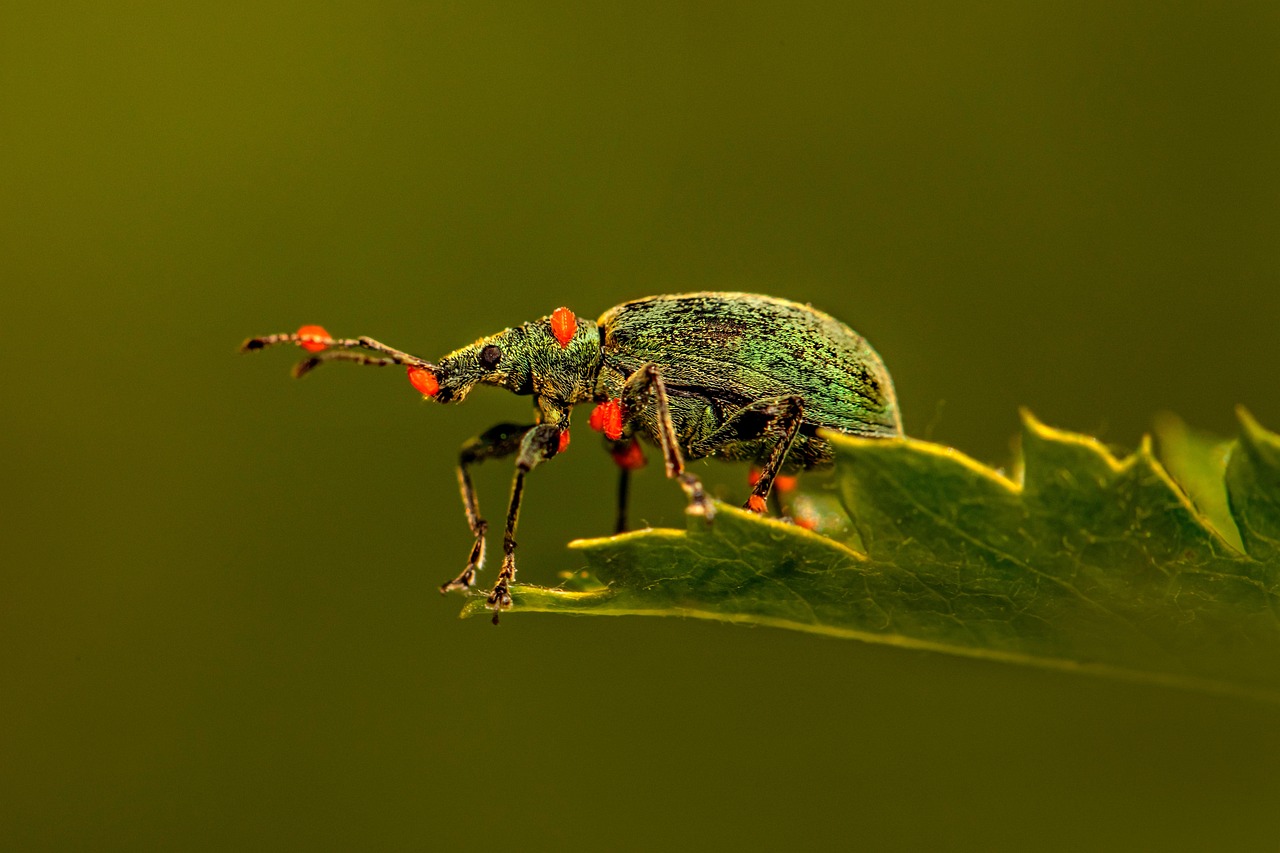
Don’t let their microscopic size fool you – minute pirate bugs are incredibly effective predators that specialize in hunting thrips, spider mites, and other minute pests that can damage houseplants. These tiny true bugs use their piercing mouthparts to extract body fluids from their prey, effectively eliminating pest populations before they can become established.
Minute pirate bugs are particularly valuable in indoor environments because they can reproduce quickly when prey is abundant, allowing their populations to respond rapidly to pest outbreaks. Their small size enables them to access tight spaces where pests might hide, and their broad diet means they can adapt to whatever prey species are most common in your home.
Rove Beetles: The Speedy Specialists
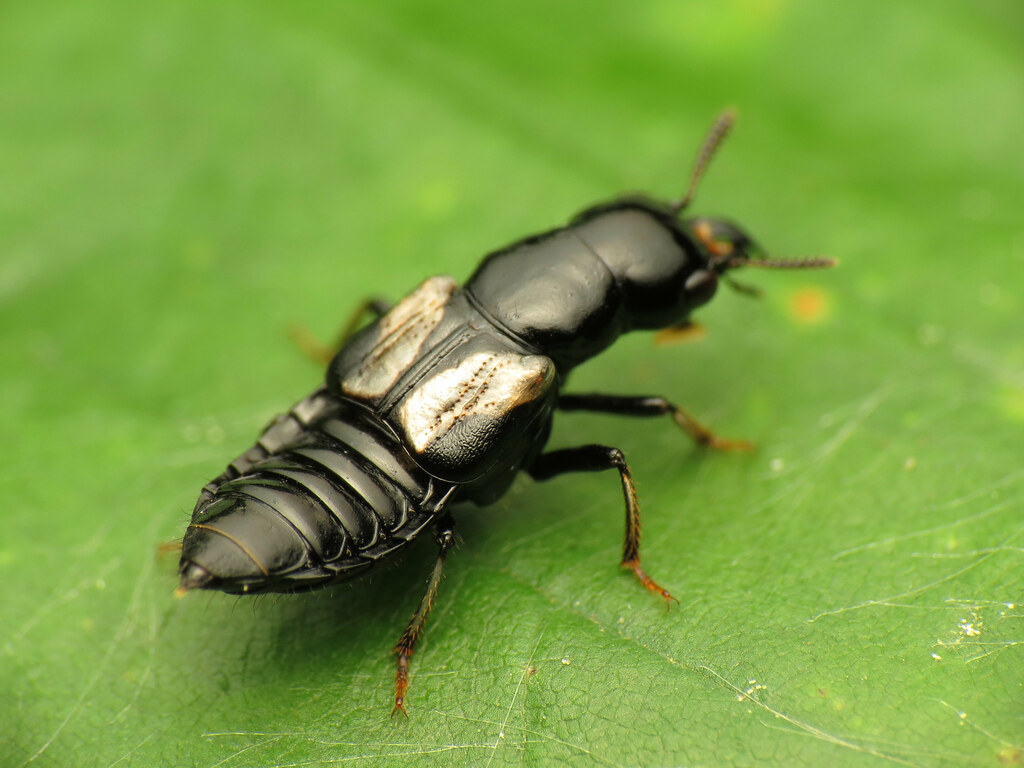
Rove beetles might look like they’re missing their wing covers, but these streamlined predators are perfectly designed for rapid pursuit of prey in confined spaces. Their flexible abdomens and powerful legs allow them to navigate through cluttered areas while hunting fly larvae, springtails, and other small insects that thrive in humid indoor environments.
These beetles are particularly effective in kitchens, bathrooms, and basements where moisture creates ideal conditions for many pest species. Their nocturnal hunting habits mean they’re active when many pest insects are most vulnerable, and their quick reflexes allow them to capture prey that might escape slower predators.
Daddy Longlegs: The Gentle Giants
Despite common misconceptions, daddy longlegs (harvestmen) are not spiders, but these arachnids still provide valuable pest control services in indoor environments. They’re opportunistic predators and scavengers that consume small insects, mites, and organic debris that could otherwise attract more problematic pests. Their long legs allow them to cover significant territory while patrolling for prey.
Daddy longlegs are particularly valuable because they’re completely harmless to humans while being effective predators of truly problematic insects. They often hunt in areas where other predators might be less active, such as high corners and ceiling areas where flying insects might rest. Their presence indicates a balanced ecosystem where natural predator-prey relationships help maintain pest populations at manageable levels.
Creating a Balanced Indoor Ecosystem
Understanding which insects serve as natural pest controllers is just the first step in creating a harmonious indoor environment. The key to maintaining an effective biological pest control system lies in recognizing that these beneficial insects need suitable habitat and prey to survive. This means avoiding broad-spectrum pesticides that can eliminate both beneficial and harmful species indiscriminately.
Creating conditions that support beneficial insects while discouraging true pests requires a delicate balance. Maintaining moderate humidity levels, providing hiding spots like potted plants or small crevices, and avoiding excessive artificial lighting can help create an environment where natural predators can thrive. Remember that seeing the occasional beneficial insect is actually a sign of a healthy indoor ecosystem.
The next time you spot a spider in your bathroom or a centipede darting across your floor, take a moment to appreciate the free pest control services they’re providing. These tiny allies are working tirelessly to keep your home comfortable and pest-free, asking for nothing in return except the chance to go about their natural business. In a world where we’re increasingly aware of the importance of biodiversity and natural solutions, perhaps it’s time to welcome these miniature guardians rather than reaching for the bug spray.
